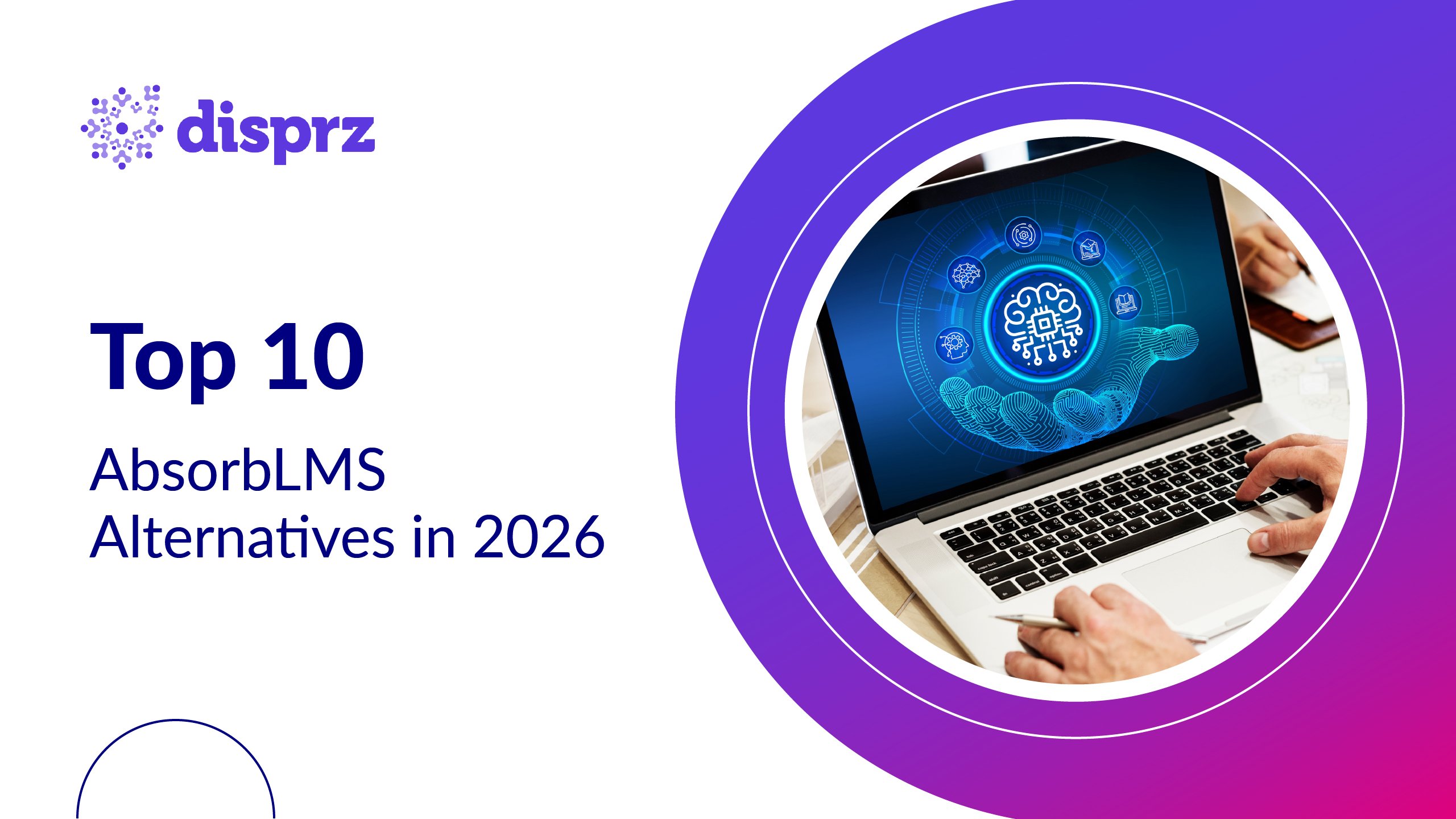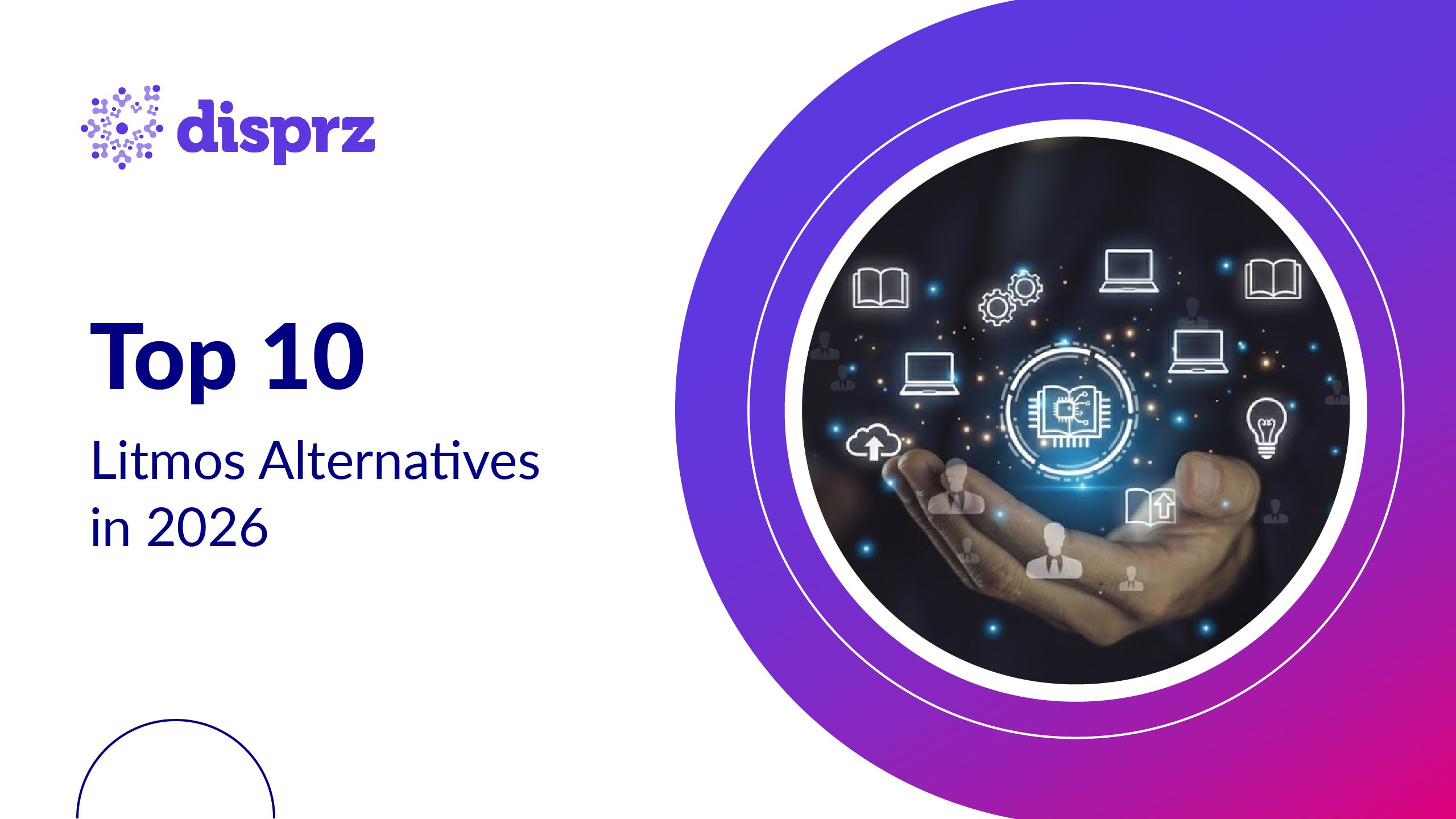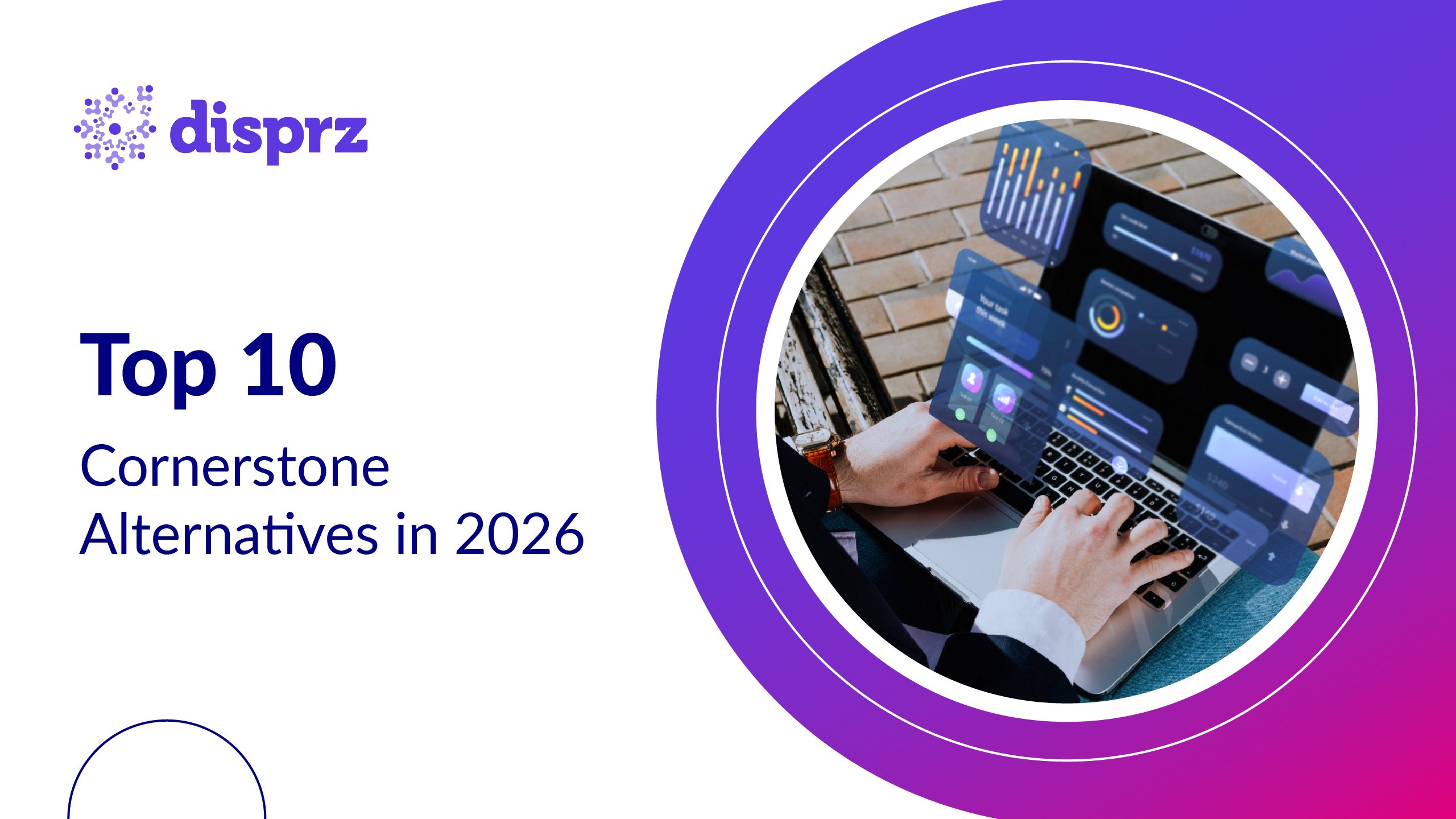As organizations double down on upskilling to stay agile and future-ready, the need to evaluate training and development programmes has never been more crucial. Training today is not just about content delivery; it's about driving measurable performance outcomes, enhancing employee capabilities, and delivering value to the business. Without robust evaluation, even well-designed programs risk falling short of their potential.
It’s no longer enough to simply launch a learning initiative; L&D leaders must measure its impact, effectiveness, and alignment with business goals. From securing leadership buy-in to optimizing future investments, training evaluation has become a strategic lever. Here, we explore seven globally recognized training evaluation models to help you assess learning outcomes, ROI, and skill development in 2025.
What is Training Program Evaluation and Why Does It Matter?
Evaluation of training programmes is the systematic process of assessing the effectiveness, relevance, and ROI of employee learning initiatives. It helps organizations determine whether a training program achieved its objectives, improved job performance, and added value to the business.
In 2025, where data-driven decisions dominate HR and L&D strategies, evaluating learning programmes is vital for:
-
Demonstrating ROI to leadership
-
Identifying and closing skill gaps
-
Enhancing learning program quality
-
Driving continuous performance improvement
-
Aligning training outcomes with organizational goals
Key Metrics to Measure Employee Training Effectiveness
Effective training evaluation starts with identifying the right success indicators. These metrics not only highlight learner progress but also connect training efforts to business performance. Whether you're using classic or modern training evaluation models, tracking these key metrics provides the foundation for meaningful insights and informed decision-making.
Before diving into models, it’s important to define the metrics that matter. Here are the key indicators for employee training assessment methods:
Reaction: How participants felt about the training (engagement, relevance)
Learning: Increase in knowledge, skills, or capabilities
Behavior: Change in on-the-job behavior or performance
Results: Impact on business outcomes (sales, quality, efficiency)
ROI: Financial return from the training investment
Skill proficiency levels: Pre- and post-training assessment results
Learning transfer: Extent to which training is applied in real work scenarios
Kirkpatrick Model: The Four Levels of Evaluation Explained
When it comes to evaluating learning programs, the Kirkpatrick Model remains the industry gold standard. Its structured, layered approach allows L&D teams to trace the impact of training from learner satisfaction all the way to business outcomes. Let’s break down how each level works and why this model continues to hold relevance in 2025.
The Kirkpatrick Model, developed by Donald Kirkpatrick, remains the most widely used framework for evaluating learning programmes. It assesses training impact across four levels:
Reaction: Measures learners’ satisfaction and engagement. Were they motivated? Did they find the training useful?
Learning: Gauges knowledge or skill acquisition through assessments, quizzes, or simulations.
Behavior: Tracks changes in on-the-job behavior through observations, 360-degree feedback, or manager reviews.
Results: Examines business impact such as productivity improvements, cost reduction, or customer satisfaction.
The Kirkpatrick Model emphasizes moving beyond learner satisfaction to measurable business results.
Phillips ROI Model: Measuring Financial Impact of Training
Learning leaders are under increasing pressure to demonstrate the financial value of training. The Phillips ROI Model builds upon the Kirkpatrick framework to add a crucial fifth level; Return on Investment (ROI). It offers a robust, data-driven approach to prove that learning initiatives aren’t just effective; they're economically worthwhile too.
An extension of the Kirkpatrick Model, the Phillips ROI Model introduces a fifth level: Return on Investment (ROI). This model helps L&D teams convert training benefits into monetary value.
Steps involved:
-
Measure all four Kirkpatrick levels
-
Isolate training impact from other factors (via control groups or trend analysis)
-
Convert impact metrics into financial values
-
Compare financial gains to training costs
Formula:
ROI (%) = (Net Training Benefits / Training Costs) x 100
Example: If sales training led to a $100,000 revenue increase and cost $25,000, the ROI would be 300%.
The Phillips ROI Model enables L&D leaders to create compelling, CFO-level business cases for learning investments.
Brinkerhoff, Kaufman and Anderson Models Simplified
As training programs become more nuanced, especially in areas like leadership, behavioral skills, and change management, traditional evaluation models may not always capture their true value. That’s where models like Brinkerhoff’s, Kaufman’s, and Anderson’s come in. These frameworks offer a deeper, more contextual view of success, incorporating qualitative insights, societal impact, and strategic alignment with organizational goals.
Let’s explore three more advanced yet practical employee training assessment methods:
1) Brinkerhoff's Success Case Method
This model focuses on identifying the most and least successful outcomes of a training initiative. It includes:
-
Identifying high-impact cases
-
Conducting interviews to understand what led to success
-
Documenting challenges in unsuccessful cases
Benefit: Helps improve training design by learning from real success and failure stories.
2) Kaufman’s Five Levels of Evaluation
An evolution of the Kirkpatrick model, Kaufman divides training impact into five levels:
-
Input (resources, materials)
-
Process (delivery quality)
-
Acquisition (learning outcomes)
-
Application (job performance)
-
Societal value (impact beyond the organization)
Kaufman’s model broadens the lens to include societal and organizational benefits.
3) Anderson’s Model of Learning Evaluation
This model is built on three stages:
-
Determine current organizational priorities
-
Use evaluation models (like Kirkpatrick) to measure learning impact
-
Establish value through cost-benefit analysis
Anderson encourages aligning training evaluation with strategic business priorities.
CIRO Model and LTEM: Modern Approaches to Evaluation
In today’s complex learning landscape, traditional evaluation approaches often fall short in measuring the true effectiveness of training. Enter the CIRO Model and LTEM; modern, structured frameworks that go beyond satisfaction surveys and delve into organizational outcomes and on-the-job application. These models provide deeper insight into what works, how it works, and why it matters in the long run.
1) CIRO Model (Context, Input, Reaction, Outcome)
This model, commonly used in management training, emphasizes:
Context: Understand training needs and business goals
Input: Evaluate training design and delivery resources
Reaction: Capture learner feedback
Outcome: Measure behavioral and organizational changes
CIRO expands the evaluation beyond participant experience to strategic inputs.
2) LTEM (Learning Transfer Evaluation Model)
Developed by Will Thalheimer, LTEM provides an 8-level hierarchy to evaluate learning effectiveness:
-
Attendance
-
Activity
-
Learner perception
-
Knowledge
-
Decision-making competence
-
Task competence
-
Transfer to performance
-
Organizational impact
LTEM emphasizes measuring real-world performance change, not just test scores or survey responses. It is highly adaptable for digital and hybrid learning environments.
How to Choose the Right Evaluation Model for Your Organization?
Choosing the right training evaluation model depends on several factors:
Organizational Maturity
-
If your L&D practice is just evolving, start with Kirkpatrick or CIRO.
-
Mature teams with data capabilities can adopt the Phillips ROI or LTEM.
Training Type
-
Compliance or technical training: Kirkpatrick and Kaufman work well.
-
Leadership or behavioral training: Brinkerhoff or Anderson is ideal.
Resources & Budget
-
ROI models require financial data, costing tools, and time.
-
Success Case and CIRO need qualitative research but are cost-effective.
Stakeholder Expectations
-
If leadership wants financial proof, use the Phillips ROI Model.
-
For broader societal or ethical impact, consider Kaufman.
Conclusion
The evaluation of training and development programmes is now a business-critical function. In an era where skills fuel innovation and agility, learning leaders must move beyond assumptions and anecdotes to adopt evidence-based evaluation strategies. Training programs are no longer standalone interventions; they are integral to workforce transformation and business performance.
From foundational frameworks like the Kirkpatrick Model to advanced, performance-based approaches like LTEM, each method offers unique benefits. As L&D leaders in 2025, your ability to measure what matters, prove ROI, and continuously refine learning initiatives will define the success of your workforce development strategy. Embrace the right model, align it with business outcomes, and turn learning into a strategic advantage.
FAQs
1) Which training evaluation model is best for measuring ROI?
The Phillips ROI Model is most suited as it quantifies training outcomes into financial metrics.
2) Is the Kirkpatrick Model still relevant in 2025?
Yes. Its four-level structure is foundational and can be enhanced with digital tools or layered with models like Phillips or LTEM.
3) How often should we evaluate training programs?
Ideally after every major training intervention, with periodic reviews quarterly or biannually to track long-term impact.



-1.jpg)




